For those who cultivate an organic orchard it is of fundamental importance to know how to recognize the buds and tree branches. The buds are the reproductive organ par excellence of plants, from which both the fruits and further branches are born. Furthermore, their presence, nature and position on the branches allows us to understand the type of branching we are facing and how to manage it with the pruning operations.
In this article we offer a long discussion on tree buds and on the branches, trying to clarify the technical-agronomic terminology.
What is a tree bud
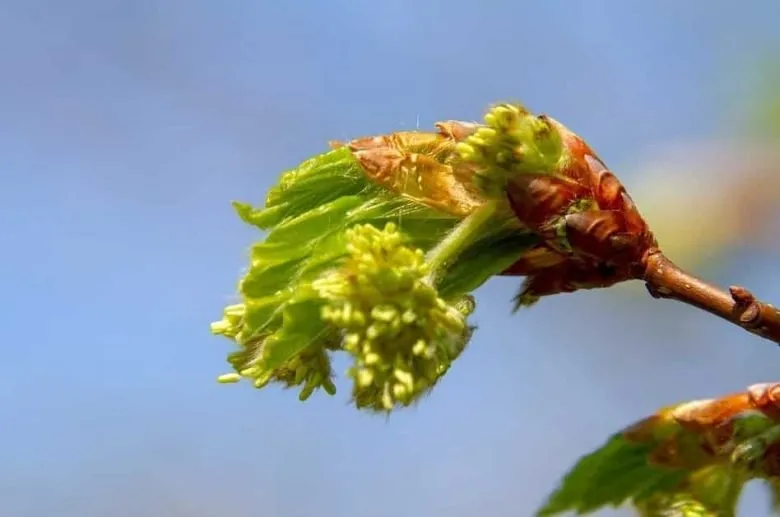
The buds are present both on the crown of the trees and in theroot system.
In this article we will refer to the former. We can therefore define a gem as a plant structure that encloses a microscopic shoot. This, for the moment, neither opens nor stretches, as it is temporarily blocked in growth. The shape of the buds is conical-globular and can be present along the branches, in the nodes or at the apex of the branch itself. In deciduous trees and during winter vegetative rest, buds preserve the tree’s future ability to grow. And every spring the tree cycle starts again from the buds.
This is not valid for the exotic fruit trees, accustomed to the humid tropical climate, in which the growth of new shoots occurs continuously and without the presence of buds. In other words, the buds have the function of making the trees overcome adverse environmental conditions (typically winter cold).
The structure of tree buds
A gem is structured as follows. Outside there are the perule, that is, very small modified leaflets, usually triangular in shape and with the appearance of flakes. Going inwards, there are tiny hints of green leaflets or flowers, strongly close together and which make up the meristem (or vegetative apex). A small bulge is then evident at the base, said pulvinus, formed by fleshy tissue that also extends to the base of the leaf associated with the bud. The reserve substances accumulate in the pulvinus and will be used by the bud itself at the time of budding.
Perule
The pearls, gray or dark brown, have a protective function. They are in fact water-repellent and coated with fluff, rubbery, waxy, mucilaginous or resinous substances.
The appearance of the buds that we see on the trees is given by the juxtaposition and overlapping of the pearls.
Meristem
The meristem is a set of cells that multiply quickly at the moment of vegetative restart, thanks to the division of the cells themselves. From this process, the new tissues of the plant, that is the shoots, are born.
Bud formation on trees
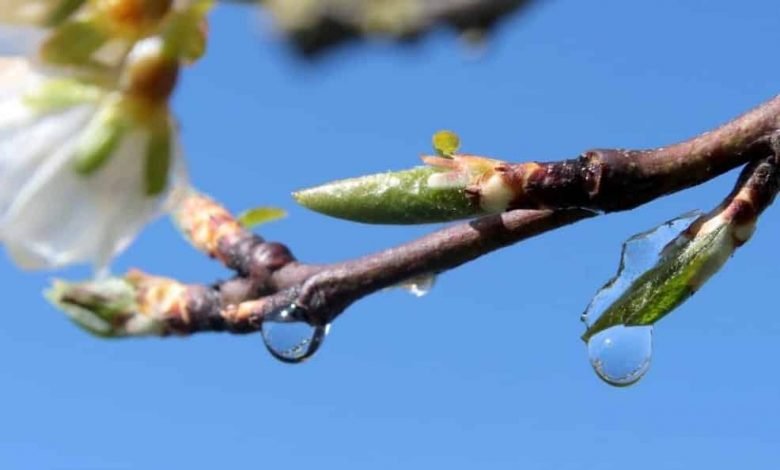
Bud formation begins at the axil of the leaves while they are also forming. In this phase, however, it is only small protuberances made up of cells that multiply (meristems). To effectively become buds, the presence of mechanisms (apical dominance, dormancy and quiescence) is essential to prevent them from growing, immediately forming a new shoot. The process by which well-defined tissues are formed from simple cells, which go to make up the organs of the tree (leaves or flowers), is called differentiation. In practice, the formation of the buds starts in the previous season.
Flower induction
The formation of flowers also begins in the year preceding their flowering. The appearance of the floral organs is possible in those buds that have undergone a series of environmental conditions and processes that assign them reproductive function.
The first necessary process is called flower induction, a phase that cannot be seen. This is a period of physiological preparation, accompanied by biochemical variations, which identifies the change in identity of the bud from non-reproductive to reproductive and which generally occurs in late spring or summer, approximately 6-9 weeks after flowering. This transition is first reversible (the bud can lose its reproductive identity and go back to being vegetative) and then become irreversible.
Flower differentiation
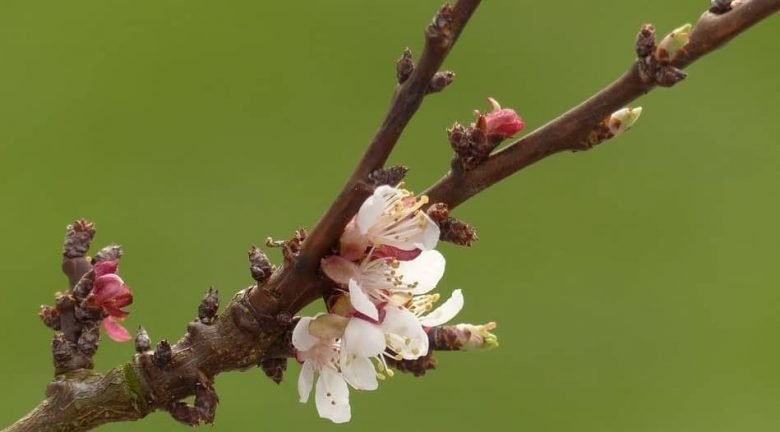
If the bud does not undergo flower induction in this period, it continues its development with the formation of leaflets, until it becomes a gem to wood. In the following months, through the process of flower differentiationwhich continues until the opening of the bud previously induced into a flower, morphological changes take place inside it and all the floral structures are formed (sepals, petals, anthers, etc.).
Conditions that favor flower differentiation
To favor the process of formation of flowers, and therefore of fruits, it is important that the tree does not undergo particular stress, above all the water one. That is why strongly dry summers, not accompanied by a constant artificial irrigation, may affect the production of the following year. Other elements that disfavour flower differentiation are the presence of plant parasites and diseases or excessive shading of the foliage. This explains why one of the main objectives of pruning is to ensure good lighting of the canopy.
Dormancy and cold needs
The growth of the vegetative or reproductive organs inside the buds is regulated through physiological control mechanisms, namely: apical dominance, dormancy and quiescence. As mentioned, the buds are formed in the summer, therefore in a favorable period, but they must face the cold season. The physiological control mechanisms prevent it from opening in winter and therefore, inevitably, from ruining itself. Dormancy is the main mechanism that determines the programmed inability to grow until the environmental and physiological conditions are again suitable. The dormancy condition does not concern the tree as a whole, but is established in the buds during the summer period. When these are dormant, in order to regain the ability to wake up in the spring they must satisfy the so-called need in cold.
Sprouting
If the need for cold is satisfied, with the arrival of spring the buds can begin to sprout. With budding, the organs contained in the buds begin to stretch, pressing against the protective layer formed by the pearls, which begin to spread apart. This is the moment of bud break, which allows the bud (or flower) to come out and grow. This occurs through successive stages called “phenological phases”. For example, in the peach cultivation the flower buds follow the following phases: visible calyxes, pink buttons, flowering, pinafore, fruit set and finally, fruit ripening.
Apical dominance
The shoots that originate from the wood buds in spring stretch axially.
In technical terms we speak of apical dominance. This is based on the ability of the apex of the growing shoot to maintain control of the axillary meristems it has just formed, imposing on them a stasis in the elongation that starts them towards dormancy. The sprout grows fast, drawing resources towards it, while forming new leaves, nodes and meristems.
The phenomenon of apical dominance is well limited in time, being active only in the period of growth of the apex. It is also circumscribed in space, as it is limited to the axillary meristems underlying the apex of the shoot. In practice, the apical dominance prevents the immediate formation of new buds and therefore new structures (buds or flowers). This mechanism is a sort of hierarchy, as a part of the tree (the apical bud) conditions the development of the underlying parts.
Effects of apical dormancy
The practical consequence of apical dominance is that the shoot grows as a single vertical axis, without branching. Once the growth of the apex slows below a certain critical threshold, the ability of the lateral meristems to remove is lost and the apical dominance is expressed in its prerogative of imposing stasis on the axillary meristems, which, therefore, they evolve into gems. These will only be able to form sprouts in the following year.
The formation of early shoots or branches
If the apex grows very fast, some underlying meristems may escape the control of the apical dominance. In other words, early shoots or branches can be formed, i.e. contemporaneous with the growth of the apex from which they are generated, never going through the phase of real bud. Some tree species have a greater aptitude to produce early branches, for example the peach tree. But their formation can also be stimulated with pruning, that is to say with the topping of the shoots. The removal of the apex practically cancels the apical dominance. It is important that the topping of the shoots is done while the apex of the shoot is in strong growth, before the formation of the dormant buds. The result obtained is the development of lateral shoots in the area immediately below the apex just removed, useful for thickening areas poor in vegetation and building a good skeleton of the plant.
Death of the gems
The death of a gem is to be considered an accidental event, but not rare. The most frequent reason is a damage due to frost which is followed by necrosis of internal tissues. As mentioned, the gems are protected by pearls in the coldest periods and are able to withstand temperatures well below freezing. But when they are about to hatch or when they are just opened, the resistance to cold drops a lot. This explains the big one danger of late frosts usually occurring in early spring.
Wood, flower and mixed gems
At this point of the discussion we can introduce the definitions on kind of gems that we observe in fruit trees. There are two fundamental distinctions for a good fruit grower: gems to wood o vegetative (from which only buds and leaves are born) e bud to fruit or reproductive. The latter in turn are divided into: flower budsif flowers are born from these, e mixed gemsif they give life to both flowers and leaves.
Wood buds are recognized as they are usually smaller, narrower and more pointed than reproductive ones, which are larger and more rounded.
Other classifications of fruit tree buds
Sleeping gems
The buds present on the shoots, and then on the young branches, immediately after their formation undergo dormancy, which prevents their elongation. At this stage, these gems are said dormant buds which, with the satisfaction of the cold needs, are ready to germinate in the spring of the following year.
Latent gems
Some of these, however, remain dormant, not being able to germinate the following year. These are, in fact, the latent buds and remain hidden under the bark. They can be considered as a kind of “reserve buds” which under normal conditions will never sprout.
Adventitious gems
Similar to latent gems are the adventitious gems, consisting of groups of cells present in the subcortical tissues of the tree. These give rise to adventitious shoots, without going through the typical resting phase. These shoots are very vigorous and fast growing, but do not initially give life to flower structures. They are born as a result of damage from cold, disease or drastic cuts and serve to rebuild a part of the tree.
Some tree species are more apt to produce adventitious shoots, for example olive tree, However, Apple tree, almond tree. Other trees, however, like apricot, Cherry tree or peach, they rarely produce.
Ready gems
The ready budsfinally, they are the ones that give life to the anticipated branches that we have previously illustrated.
The branches of fruit trees
From the knowledge of the buds it is easy to pass to that of the branches that originate from the buds themselves. The main classification of the branches in fact follows that of the buds, that is, we have vegetative branches or wood (in which there are only wood gems); fruiting branches (in which the presence of flower buds is prevalent); mixed branches (where the two types of gems are present in a balanced way).
In addition to this first distinction, fruit tree branches can also be classified according to size. In this case, further categories are identified, such as those typical of pome fruit and stone fruit (brindilli, dardi, lamburde, etc.).
The suckers
Among the vegetative branches we have the suckers, which are very vigorous, long, robust branches with long internodes and vertical growth. This type of branches, which does not change its name depending on the species, are found above all in young trees or in very vigorous ones. They originate, in particular, from latent or adventitious gems present on the branches.
The suckers are usually eliminated by pruning with cuts at the base, but can be used to renew the structure of the tree in case of damage, exhausted branches or bare parts of the crown. One trick to using a sucker for this is to tilt it.
The suckers
Other branches whose denomination is univocal are the suckers, or very vigorous wood branches that arise from the base of the plant or directly from the roots. It is important to remove them as they create water and nutritional competition with the rest of the tree. Not all tree species have the same aptitude for the emission of suckers. For example, it is very pronounced in the olive tree, while it is very rare in the khaki.
The importance of observing the buds and branches of trees
A careful observation of the branches and buds on these inserted, is able to tell us a lot about the productive behavior of a tree. This knowledge allows to rationally orient the pruning operations. It also allows you to have greater control over the quality of the fruit, avoiding excessive loads. Finally, it gives us the opportunity to balance the vegetative and productive parts, periodically renewing the production structures.

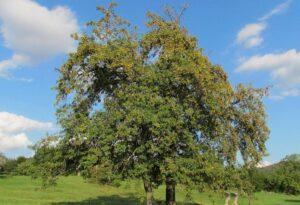
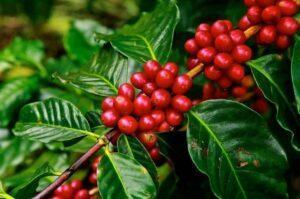
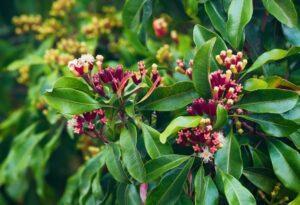
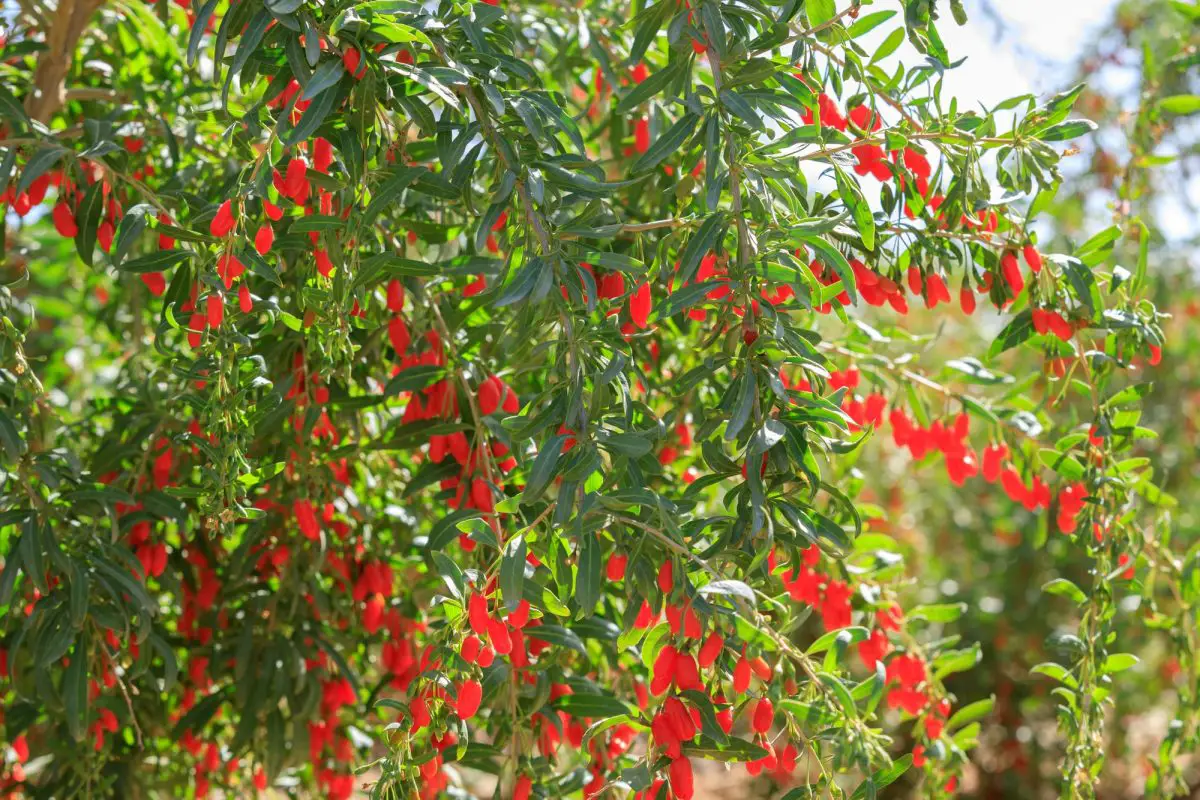
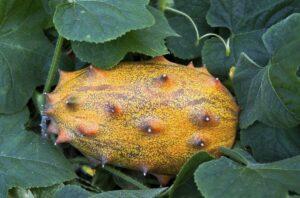
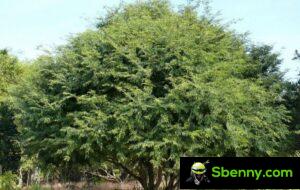
Start a new Thread